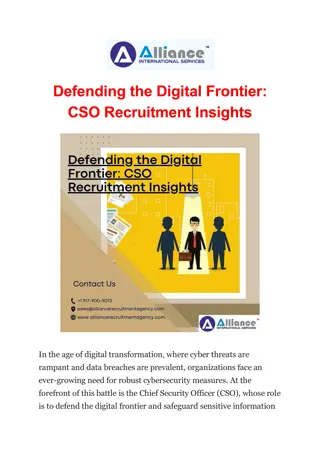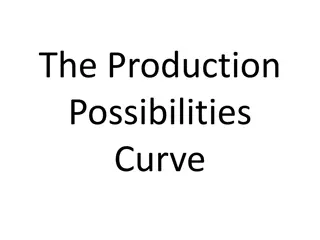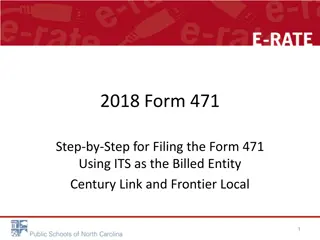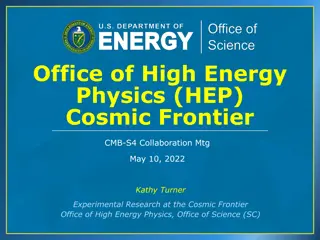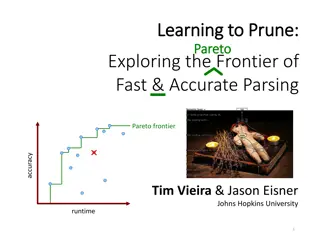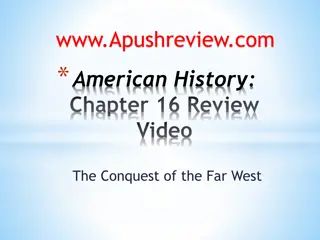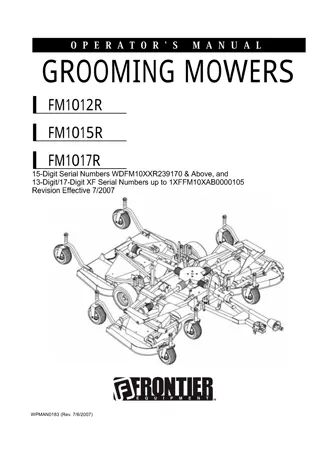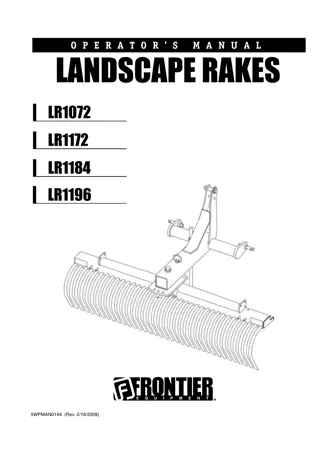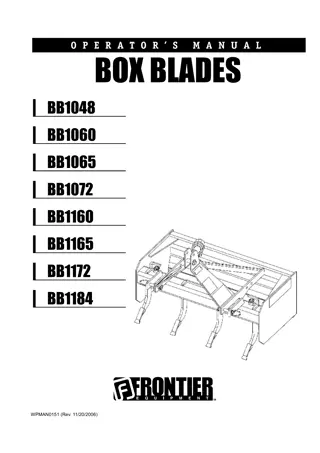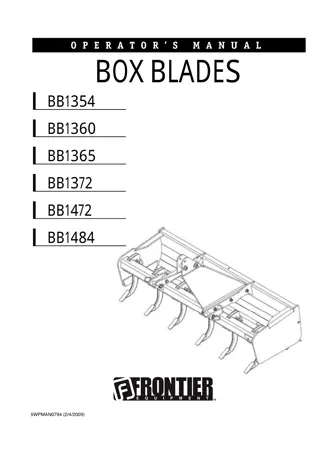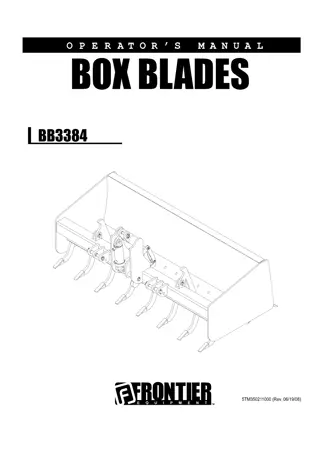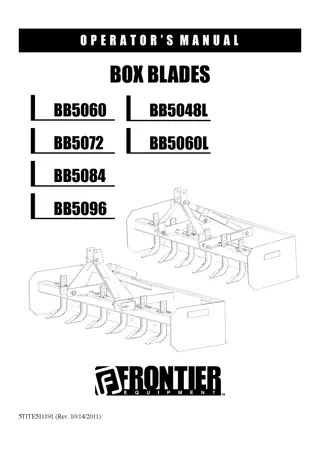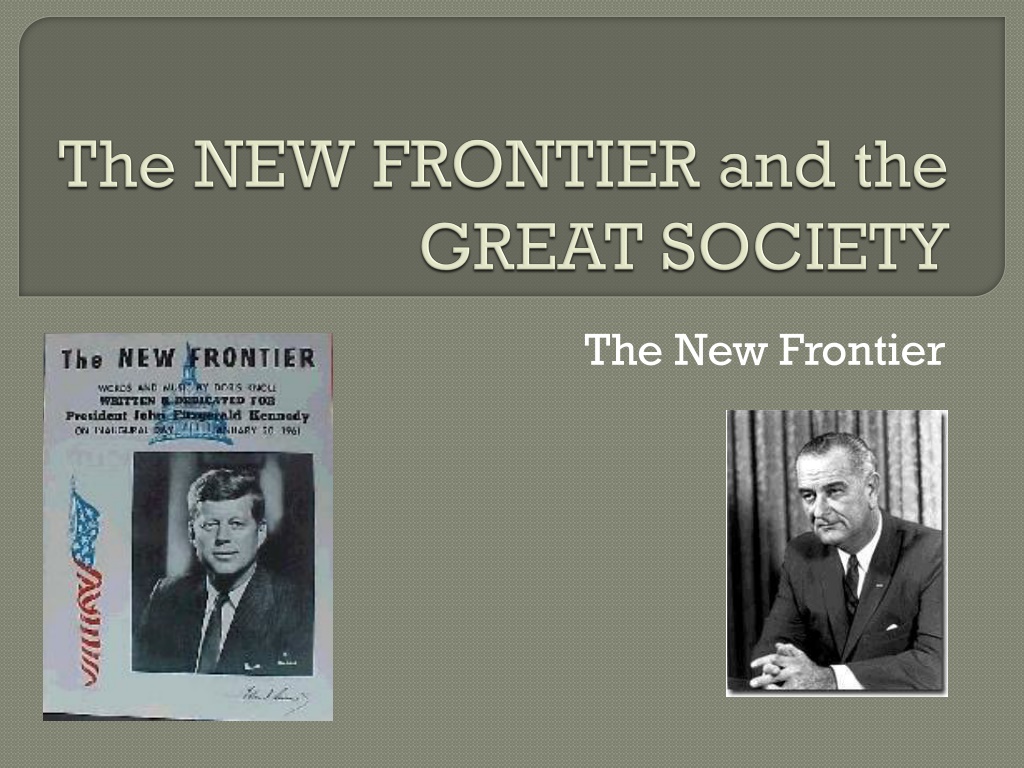
Kennedy and the New Frontier: America's Changing Landscape
Explore the transformative era of President John F. Kennedy and his ambitious legislative agenda known as the New Frontier. From the Cuban Missile Crisis to the challenges of the Cold War, discover how Kennedy's leadership captured the imagination of the American public. Dive into the economic fluctuations, media influence, and societal shifts that defined this pivotal time in U.S. history.
Download Presentation

Please find below an Image/Link to download the presentation.
The content on the website is provided AS IS for your information and personal use only. It may not be sold, licensed, or shared on other websites without obtaining consent from the author. Download presentation by click this link. If you encounter any issues during the download, it is possible that the publisher has removed the file from their server.
E N D
Presentation Transcript
President John F. Kennedy urged Americans to work for progress and to stand firm against the Soviets. The Cuban Missile Crisis marked the peak of the Cold War. Kennedy s assassination changed the nation s mood. President Lyndon Johnson embraced ambitious goals including civil rights and ending poverty.
In the Presidential television debates of 1960, the media focused on the appearance of the candidates. Richard Nixon looked pale, tired, and frazzled. John F. Kennedy looked tan, confident, and healthy.
The Main Issues The Economy The Cold War Kennedy claimed that the US lagged behind the Soviet Union in weaponry and called it a missile gap Kennedy s religion came under scrutiny (Catholicism)
JFK captured the imagination of the American public Youthful and Optimistic The Kennedys were masters with the media The Kennedys were comparative to royalty
Kennedy set out to implement a legislative agenda, which became known as the New Frontier. Increased aid to education Health insurance to the elderly Create the Department of Urban Affairs Help migrant workers Republicans as well as conservative Southern Democrats viewed the New Frontier as too big and too costly
The American economy, which had soared through the 1950s, slowed in 1960-61. The gross national product grew only 2 percent The unemployment rate rose to 7 percent In an effort to increase growth and create more jobs, Kennedy advocated the New Deal strategy of deficit spending.
In 1953 Eisenhower had nominated Earl Warren to Chief Justice of the United States. One Man, One Vote Under Warren, the Supreme Court ruled that many states needed to re-draw their political districts based on population shifts from rural to urban and suburban areas known as reapportionment. Reynolds v. Sims: one man, one vote the Warren Court required state legislatures to reapportion electoral districts so that all citizens votes would have equal weight. It shifted political power throughout the country from rural and often conservative areas to urban areas.
Civil Rights Reynolds v. Sims (1964) Heart of Atlanta Motel v. United States (1964) Loving v. Virginia (1967) Due Process Mapp v. Ohio (1961) Gideon v. Wainwright (1963) Escobedo v. Illinois (1964) Freedom of Religion and Speech Engel v. Vitale (1962) Abington School District v. Schempp (1963) New York Times v. Sullivan (1964)
Due Process: Means that the law may not treat individuals unfairly, arbitrarily, or unreasonably, and that courts must follow proper procedures and rules when trying cases. Due process ensures that all people are treated the same by the court system. Gideon v. Wainwright: the Court ruled that a defendant in a state court had the right to a lawyer regardless of his or her ability to pay.
Kennedy and Nixon differed in many ways. Kennedy, a Catholic, came from a Massachusetts family of wealth and influence. Nixon, a Quaker, was a Californian from a financially struggling family. Kennedy seems outgoing and relaxed, while Nixon struck many as formal and even stiff in manner. Although the candidates presented different styles, they different little on the two main issues. Both promised to boost the economy and both portrayed themselves as Cold Warriors determined to stop the forces of communism.
John Kennedy captured the imagination of the American public as few presidents before him had. Many people were taken with his youth and optimism. He reinforced this impression in his Inaugural Address, in which he wore neither coat nor hat on a cold day and declared, The torch has been passed to a new generation. He called on his fellow Americans to take an active role in making the United States a better place. Kennedy's looks, his glamorous wife, and their young children seemed to be created for media coverage. News people followed the family everywhere. Plus, Kennedy himself was a master of the media, particularly television. His charisma inspired people with a feeling the he was moving , and the world with him, toward a better time.


